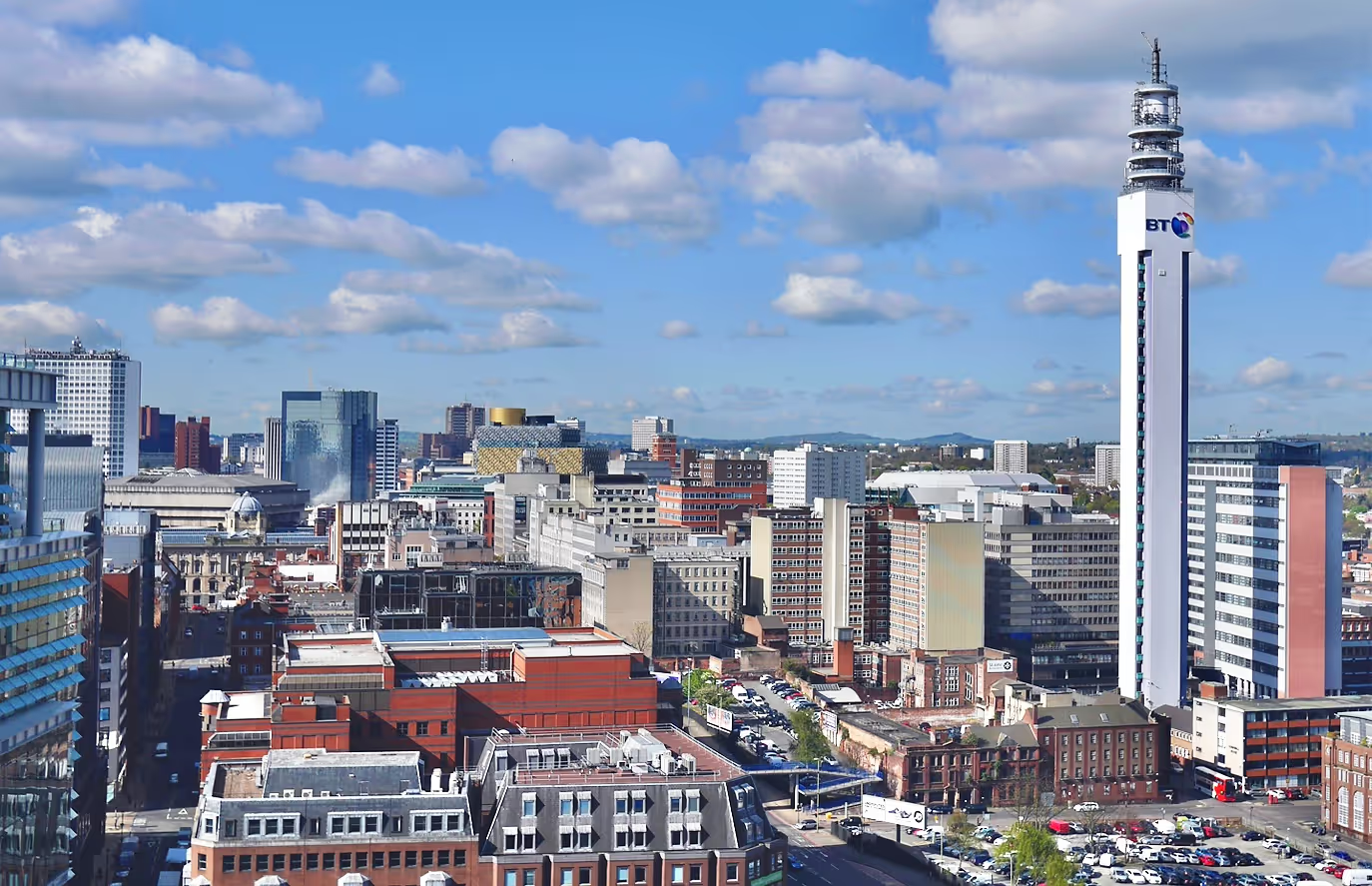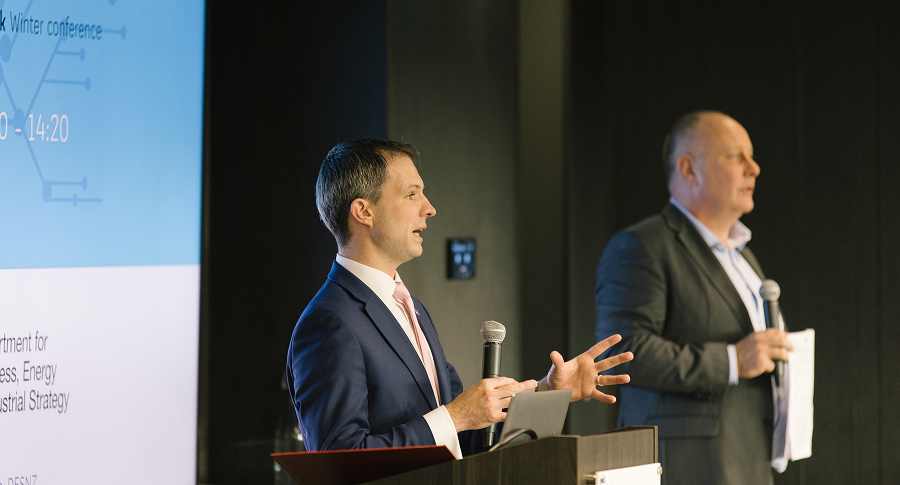Regen explores the need for more agile local energy planning and better communication between local authorities and energy networks.

Regen explores the need for more agile local energy planning and better communication between local authorities and energy networks.

Local authorities are increasingly developing locally led plans to articulate how their area intends to reach net zero in heat, transport and power.
Having a plan has many benefits. Done well it helps to prioritise and coordinate action in a local area, gives a focus for funding, directs local planning and provides a tool for engagement to get residents and businesses aligned. It is also likely to be a key document for energy networks to establish what and when new infrastructure is going to be required.
However, there is a risk that the focus, and money, goes on gathering data and creating the 'perfect' plan, rather than where it is most needed - on bringing the key parties in an area together to take swift action on decarbonisation.
Regen has worked with many local authorities and regions to develop local net zero energy plans. Meanwhile, The Energy Systems Catapult has developed the Local Area Energy Plan (LAEP) methodology, with building blocks of effective data and strong stakeholder engagement, which is currently being piloted. So, what can we learn from the experiences of local energy plans to date?
A key challenge is how local authorities with limited time and resources can develop a comprehensive energy plan and keep it up to date in the face of a constantly evolving energy and climate landscape. In short, how can a local energy planning process be more agile?
"Agile" is a concept that recognises the value of iteration and incremental improvement. It came about through a recognition that people and organisations often don't know what they want until they see it. In a linear development process, this could be too late. Instead, agile development allows for changes through the process, reducing the likelihood of significant and costly changes at the end of a project. The result is better for everyone, with happier clients and smoother development.
One answer could be to develop a stronger relationship between local plans and the scenario-based processes used for energy system planning by National Grid in the Future Energy Scenarios (FES), and for energy networks in the Distribution Future Energy Scenarios (DFES).
Producing DFES for electricity is an annual commitment by the Distribution Network Operators (DNOs) and supports local infrastructure planning. The scenarios provide a yearly view of how much generation and low-carbon technologies are expected to be installed, under what scenario and where, and when. The data driven process helps the networks to forward network investment and funding.
Regen has delivered DFES for both gas and electricity networks. To do this, we use as much local information as possible including local energy plans (where they exist) to reflect the local picture. Using more of this analysis in local authority plans could reduce the data gathering and crunching required by local government, freeing up time to focus on implementation and action.
Currently, however, there is a long way to go to bring local government energy plans and the energy networks scenario processes together. The reality is that the languages spoken on both sides are often incompatible with one another, necessitating a translation process. To start to address this, Regen have been working with Western Power Distribution and Wales and West Utilities on the EPIC project (Energy Planning integrated with Councils), which is attempting to do this for three areas in the West of England Combined Authority.
To aid this coming together of the local and network plans, there are three things we need to see:
National Grid's Future Energy Scenarios (FES) provide a standard approach to take government policy and provide four decarbonisation pathways that the energy system can plan against. The DFES is based on this national approach. However, with the government publishing its Net Zero Strategy there is now a clearer path forward. We think it is time for FES to provide "net zero base cases" with sensitivities, rather than scenarios, to reflect uncertainties. This would provide a better basis for dialogue between energy networks and local authorities.
An important part of a base case net zero pathway would be to make a clearer distinction between technologies that are available to install NOW (like heat pumps and offshore wind) and those that MAY be available at some point in the future (such as hydrogen for domestic heat or small modular reactors). We have accepted the false equivalence between technologies that exist in the market, and technologies that don't, for too long.
With a "base case" FES, DFES could essentially become a default local energy plan-lite for local authorities, providing a valuable strawman to stimulate discussion.
The most important thing, however, is to have an agile system whereby the energy planning process can be carried out quickly, reviewed annually and updated based on the latest information; and aligns with the ambitions of both local authorities and energy networks - to ensure we arrive at more sophisticated, locally led solutions.
Sign up to receive our monthly newsletter containing industry insights, our latest research and upcoming events.